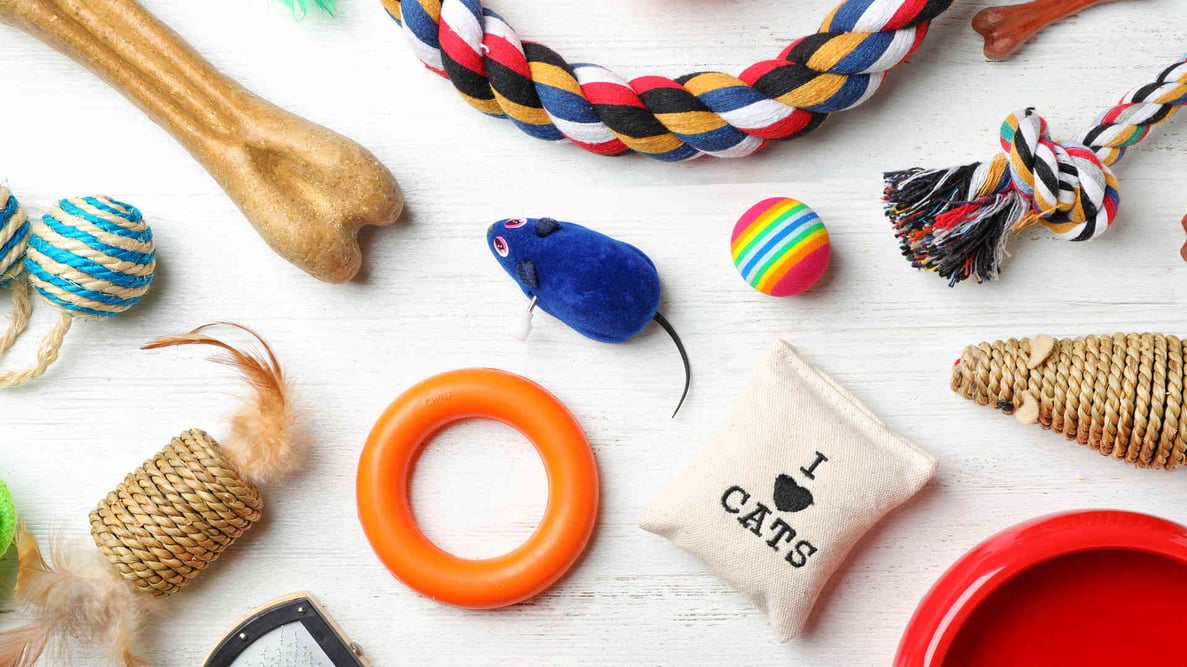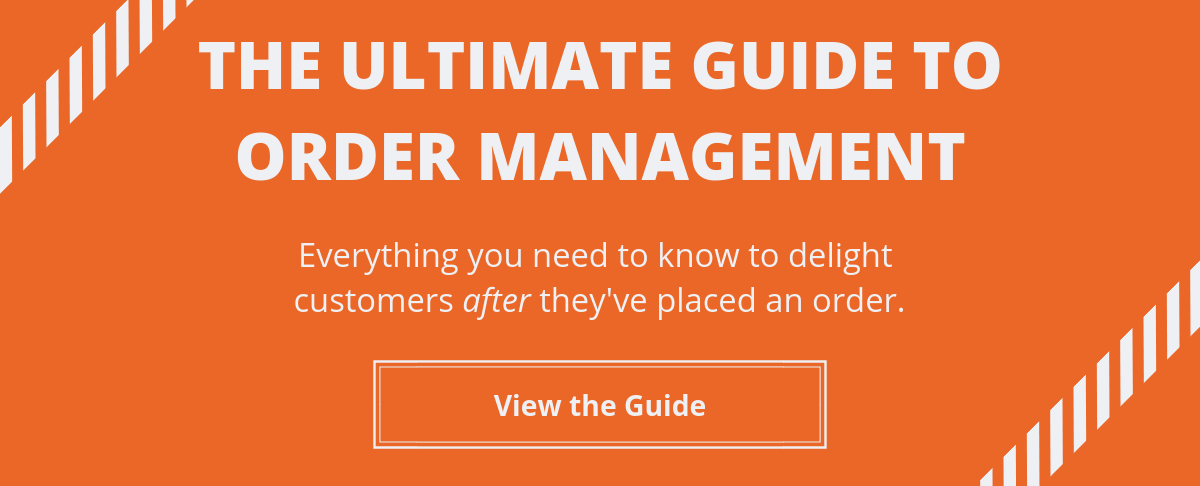Bundling products is so effective that it can instantly send sales skyrocketing.
According to a Harvard Business School Study, Nintendo uses it to boost unit sales by as much as 100,000 units with a single campaign.
Kitting and bundling offer your e-commerce business a clever way to connect your products.
For example, you might sell three pieces of luggage each on their own or combine them on a single SKU.
Bundling is an inventory management technique that involves two or more complementary goods or services as a package.
When e-commerce companies create product kits, a separate listing appears for each included product. If the product is also sold independently, the exposure to the customer doubles. This helps you move slow products out of inventory.
Why Do Brands Bundle and Kit Products?
Bundled items are sold at a significantly lower cost than buying individual items. This increase in revenue typically more than makes up for the lower gross margin on individual products.
Bundled pricing generates a large spectrum of buyers - reaching deal hunters, those looking for advice on product pairing, and those who like the convenience of ordering similar products together.
As a seller, you can use a variety of selling strategies, such as:
- Bundled pricing may be discounted. You can sell more items when you bundle them, maximizing your sales from each transaction.
- Pair weak or new products with related ones that are top sellers. People are more willing to try something new if they can also get a deal on products they already know. Pairing the wrong items together can result in inventory that doesn't move, so test bundles before offering them on a larger scale.
A great example of product bundling is the McDonald's Happy Meal, which is convenient for customers and helps the company sell more of each included item than offering them individually.
As with most inventory management strategies, there's no exact formula for bundling and kitting products.
You can follow the data and use common sense to pair best sellers and inventory duds to move more items out of the warehouse.
This marketing tool can help businesses sell more items in one customer encounter, and can open doors to new products and new marketing channels.
Logistics of Bundling and Kitting
When you bundle items, take care to offer different combinations than your competitors. Your buyers will notice when you include something to differentiate your brand. Try to include an item your competitor doesn't offer but that customers value.
It's relatively easy to put together bundles, but once they're sold, there's a whole slew of logistics to consider for fulfillment purposes.
- Locations. If products come from different distribution centers, you need software that splits the order for the same bundle so that the customer receives them at the same time. Your inventory management software also needs the capability to track individual SKUs for pre-assembled items and not just the master SKU (to handle missing or damaged components for assembly)
- SKU management. Each bundled kit has a master SKU, which is unique from the component SKU for individual parts or products in the bundle. For e-commerce stores, bundling lets you increase individual SKUs without changing the number in inventory (for items sold individually as well as in bundles). Kitting is an easy way for retailers to offer products in multiple ways without complicating inventory tracking or impacting stock counts and associated costs.
- Customization. Another way to attract customers is letting them design their own bundles. When online customers are able to order the items that interest them and create their own kits, you gain goodwill and increase your chances of getting repeat business. With the right inventory management system, these custom orders can be split between key distribution warehouses. Choose an order management system that allows staging, custom fulfillment and bulk orders.
- Build-a-kit features. Make sure that your customer order software can handle customization features. To do so, the website tool needs to split the order and send it to the appropriate warehouses or distribution center. Does your system let you manage bundles on the go? If not, consider switching to a system that automates everything between when the customer places the order through fulfillment.
Reduced Shipping Costs
You can reduce shipping costs through bundling and kitting but including all the items in a single package.
You may also be able to take advantage of volume discounts as your overall sales increase. Passing these savings on to your clients wins goodwill and loyalty and helps you get an edge over your competitors.
How SkuNexus Handles Bundles and Kits
Our platform lets you handle bundling and kitting seamlessly so that you can concentrate on selling them instead of packaging them.
SkuNexus has built-in functionality for pairing products into bundles. However, the true power you get with the SkuNexus platform is its ability to customize and manage your kits and bundles.
By putting the power in your hands, we empower you to swap in the products you need to move on the fly.
We hope that you have a better understanding of the value of bundling products to maximize your customer and product exposure and increase your revenue. Let us help you implement an efficient only system that takes care of your bundling and kitting needs. Serve your customers better and help them handle large orders for their own clients or act as a hero to save them money with bundling discounts.
Conclusion
Customers benefit from bundling and kitting because they save on order prices and shipping, but there's a lot that has to go right on the backend to make the process flow smoothly. In order to make sure you're e-commerce shop is ready to offer bundles, you need an inventory management system that can handle it, so you can truly reap the benefits to your bottom line.
Schedule a demo of the SkuNexus platform today and get an understanding of how it can help your e-commerce enterprise handle bundling and kitting opportunities.









